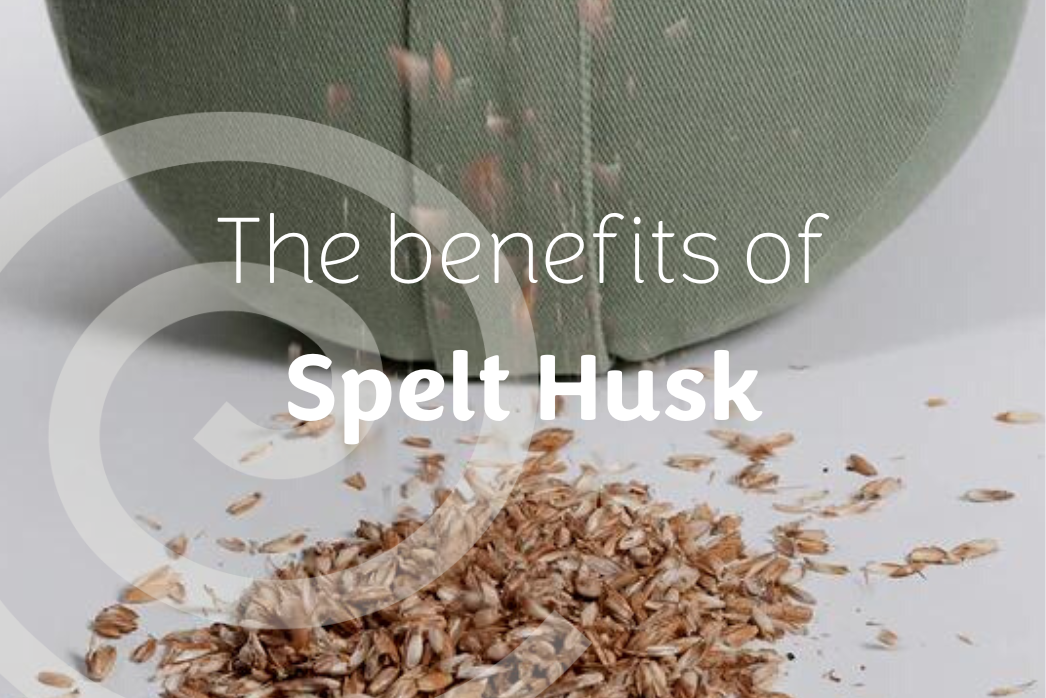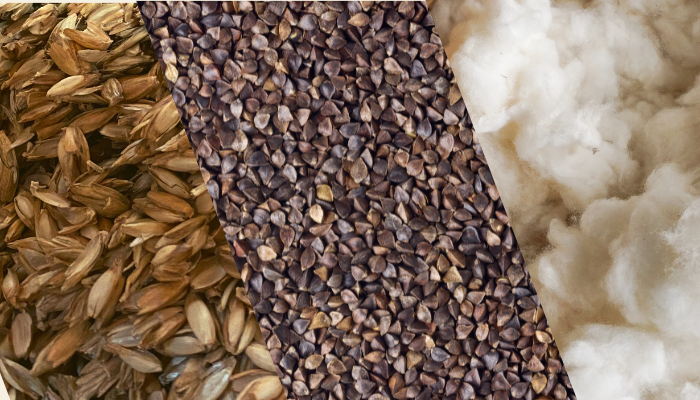The Yamas: A deeper look at ahimsa

We are going to start exploring the eight limbs of yoga beginning with Yama (yah-muh), the social principles. Yama means ‘bridle’ or ‘reign’ in Sanskrit and are moral disciplines towards the outside world (and as a result ourselves). They ask us to consider our interactions and role in society. We reflect on who we are and how we can live in the world in a more authentic, aware and aligned way. There are 5 sub-limbs and today we will focus on ahimsa.
Ahimsa (a-him-sah) translates to non-violence. Many people think of non-violence as a principle from Gandhi or Martin Luther King Jr. and, as a result, take it to mean not committing physical acts of violence. I used to think of ahimsa in this way too. And of course, we should not commit physical harm, but as with all Sanskrit words there is a deeper meaning.
As we delve deeper into yogic philosophy we will be considering the terms at three levels - thoughts, words and actions. These are all connected since your thoughts become your words, your words become your actions, your actions become your habits, your habits become your character and your character becomes your values.
So with non violence we must consider how we're being violent at the thought level, word level and action level.
And we aren’t done there, oh no.
We must then consider how we are doing this to others AND to ourselves. We tend to forget about the harm we cause ourselves - usually because we are unaware and it’s unintentional.
So ahimsa refers to being non-violent towards others and yourself at the thought level, word level and action level.
Take a deep breath in and out as you let that sit for a moment.
Thought Level Ahimsa
Humans have over 6000 thoughts per day. Some happy, some sad, some positive, some negative, some useful, some will repeat, some will be new, some cause anxiety, some lead to joy. The list goes on. Many of us won’t think about the quality or type of thoughts we are having. Many of us will replay our thoughts as we ruminate or worry. Many of us aren’t conscious of this pattern and we don’t realise the harm we are causing ourselves. Once we bring awareness to our thoughts, we can begin to question them. Are they kind? Are they true? Are they helpful? Where have they come from? How do they make me feel? This is where meditation can help. Take time to watch your thoughts, as an observer. Notice your thoughts towards yourself and others. We aren’t judging ourselves here - we are simply noticing what comes up and perhaps writing it down. With time, you’ll notice that you have the same thoughts over and over. You’ll notice patterns. You’ll notice that many of your thoughts aren’t particularly useful or true. You’ll notice that your thoughts are steeped in conditioning that stems from your childhood. They are the stories you have been telling yourself for years, or that others have been telling you and over time you have accepted them as your truth. Once you recognise that they aren’t your truth, you can begin to disidentify with these thoughts. When they pop up, thank them for trying to keep you safe and let them go. That is what our thoughts and our brain is trying to do - keep us safe - and what’s safer than what we know and what we’ve been told? Change is scary. The unknown is scary. But it’s also where the magic happens and where we really start to be our true self.
Word Level Ahimsa
Notice how you speak to others and how you speak to yourself. We tend to speak to others with kindness and compassion, especially our best friends. Yet we speak to ourselves with anger, frustration, disappointment and sometimes disgust. We speak about ourselves in a critical way, whether seriously or through self-deprecating jokes. Either way, our mind doesn't know the difference between what is a ‘joke’ and what is true so start speaking about yourself kindly. Most of us would never speak to anyone else the way we speak to or about ourselves. We allow our inner critic to run wild, belittling and berating us, as we believe everything it says. I am constantly reminding myself that the longest relationship I will ever have is with myself, so what kind of relationship do I want it to be? For me the answer is a relationship filled with kindness, love, compassion, grace and ease. I want to be my own biggest cheerleader. I want to be my own best friend. Of course, this is a lifelong practice - not an overnight fix - but it’s so worth it. Recognise that you are the author of your own life - what story do you want to write?
Physical Level Ahimsa
Physical ahimsa could refer to being physically harmful towards others - we all know this is wrong so I won’t go into much detail. All I will say is, if you notice yourself having these tendencies, take time to question why you are behaving in this way and where it has stemmed from. Physical ahimsa also refers to actions and behaviours where we get in our own way. Perhaps you procrastinate, perhaps you self-sabotage, perhaps you hold yourself back. Whatever you do, start to become aware of it. Again, with no judgement. Just as a witness and then begin to question these behaviours. Why are you doing this? What are you afraid of? Get really honest with yourself. Often, we are afraid to be fully seen or to be truly successful. Consider how you can change the narrative you’ve been telling yourself.
That is a lot to take in. Sit with it for a while and be gentle with yourself. Meditate on these concepts and watch your mind. Journal around what comes up and start to peel back the layers. Give yourself love, compassion and kindness. Remember, it has taken years to build these false narratives and behaviours so they won’t disappear overnight. Get comfortable being uncomfortable. Take it at your own pace. There is no ‘right’ way or ‘wrong’ way. There is no timeline. Yoga is a personal journey of introspection and with this, your journey begins.
If you need any support, please do reach out to me.
With love and gratitude,
Jyoti










Great article on Ahimsa and I read it several times to take everything in and thank you so much for such an inspirational message
Leave a comment